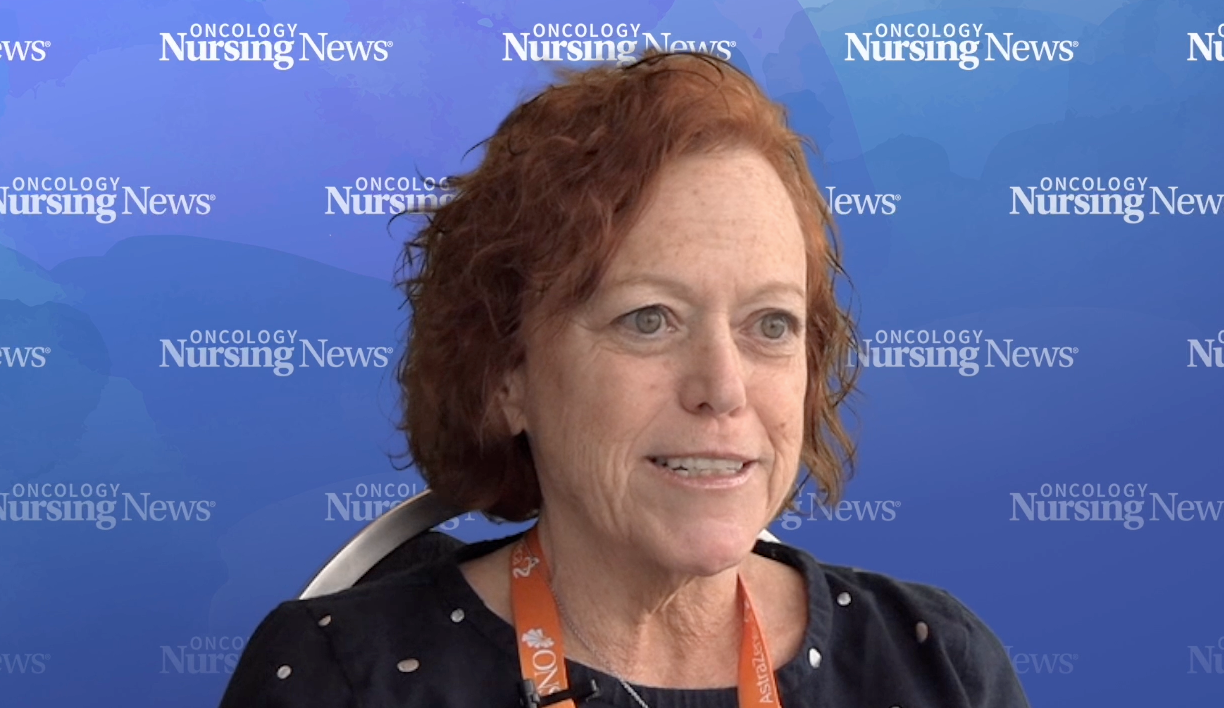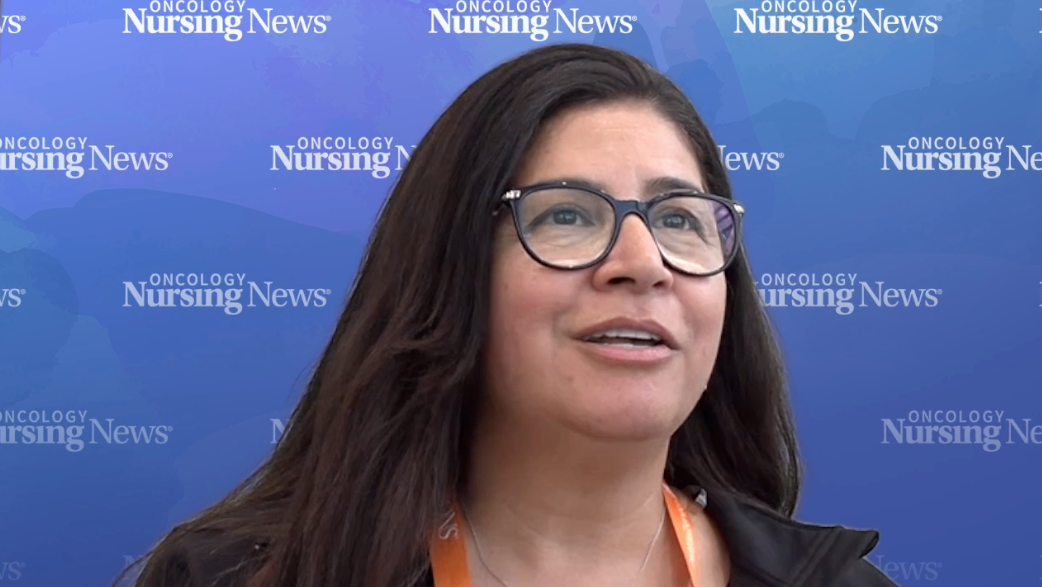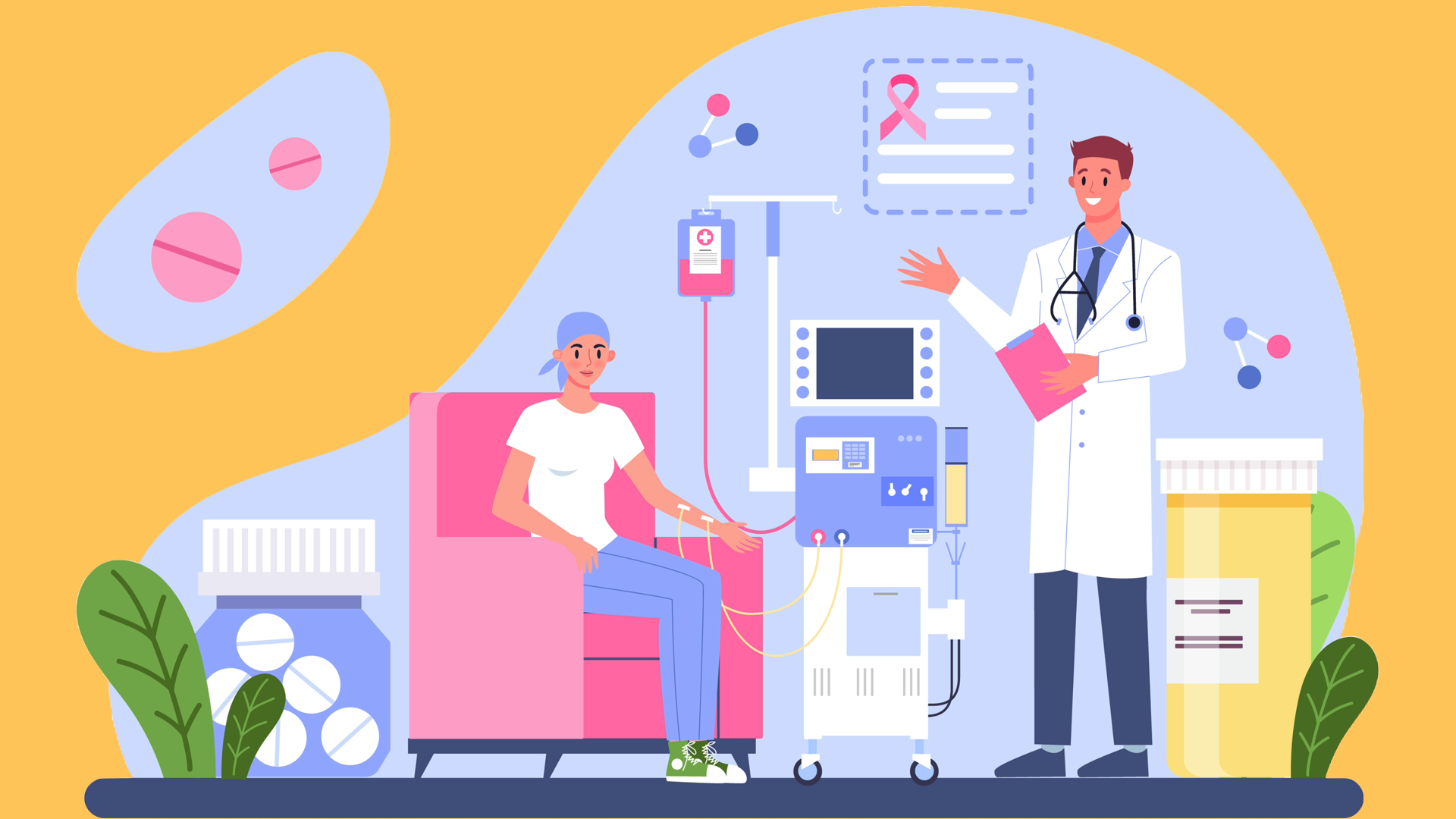4 Strategies to Reduce Oncology Nurse Burnout, Stop ‘Silent Quitting’
An oncology nurse details strategies used at his institution to reduce burnout — which can ultimately decrease the rate of “silent quitting.”
While clinical trial participation is necessary to move the needle in the world of oncology, more intensive care and follow-up can result in oncology nurse burnout. However, there are steps that can be taken to ease this burden for cancer clinicians, according to research presented at the 49th Annual ONS Congress.
A group of oncology nurses at the Rutgers Cancer Institute of New Jersey implemented 4 strategies to reduce nurse burnout:
- Peer support groups
- Self-care accountability and stress reduction initiatives
- Rotation of tasks and roles
- Positive reinforcement
“We wanted to make sure that when nurses are taking care of these patients, that they also feel like they have control over the entire thing,” lead author John Rodriguez, RN, OCN, a treatment nurse clinician at the Rutgers Cancer Institute of New Jersey said in an interview with Oncology Nursing News at the congress.
Reducing burnout is vital because, according to Rodriguez’s poster presentation at the congress, approximately 90% of oncology nurses experience burnout. When left unaddressed, it can lead to “silent quitting” and/or negative impacts on patient care.
One strategy implemented to reduce burnout was to reduce the number of patients a nurse would care for on the days that they are treating patients on trials. “For example, if they have a heavy study patient day, we’ll try to minimize the amount of patients that they have throughout the day that are more difficult [cases],” Rodriguez said.
The institution also assigned more charge nurses and established a shared responsibility of the charge nurse role among seasoned nurses. This not only reduces anxiety among nurses, but also helps them to get different perspectives.
Rodriguez also mentioned that some nurses “float” and alternate caring for patients with solid tumors and for those with hematologic malignancies. The team now keeps better track of the nurses who are floating
“As opposed to just 1 or 2 people, now the entire group has a way of keeping track who is floating, so I think that reduces the anxiety of that too.”
Finally, the team instituted positive reinforcement by the way of a “Heroes War Scrubs” award, displaying positive affirmations, daily review of Press Ganey results, thank you cards, and a “big dreams” suggestion box.




